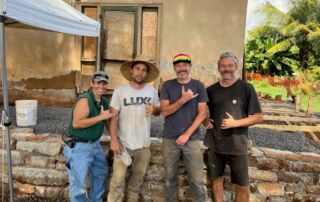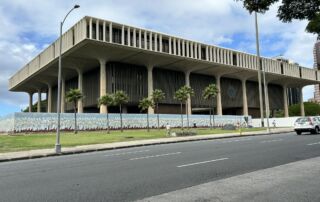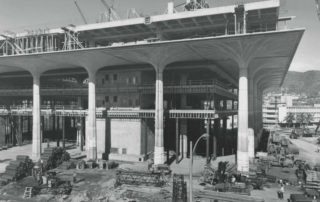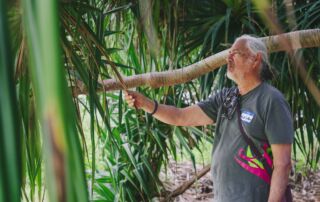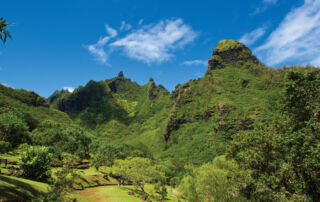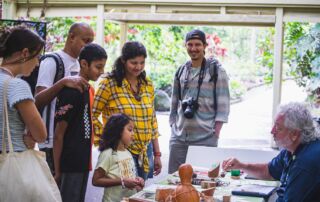Restoration of Kauai’s Historic Gulick-Rowell House Underway
Restoration Work has begun! Restoration work at the historic Gulick-Rowell House in Waimea, Kaua‘i officially began in March 2025, led by Chara Hoe of Kuleana Contractors. Chara—a native Hawaiian licensed contractor born and raised on Kaua‘i—brings a deep passion for local heritage to the project. The restoration is taking place under the guidance of leading historical architect, Glenn Mason. Hoe is joined by three New England-based restoration craftsmen experts: Matt Gillard and Hudson Turbity, and Hudson’s brother Brandon who came to lend a hand with the heavy lifting (pictured above). The three immediately recognized familiar New England building techniques adapted with native Hawaiian materials. Together, this team has uncovered powerful remnants of the past, such as mysterious chalk markings on a basement support beam—possibly left by prisoners once held in the cellar while awaiting transport to Kalaupapa. While unconfirmed, it is known that the cellar was used as a holding cell at one time for those diagnosed with Hansen's disease, and the carpenters have shared that the chalk marks have no significance from a carpentry perspective. The discovery has stirred reflection on the building’s layered history. Restoration efforts are now focused on rebuilding the concrete deck and two-story lanai. The damaged deck was carefully deconstructed by hand, revealing the use of local rock—pōhaku—that will be re-placed in the rebuilt structure out of deep respect, even if it will later be covered by cement. These thoughtful decisions—preserving pōhaku, saving original wood from the lanai, and honoring the hidden stories within the walls—are what make this project so special. The House Nestled in the heart of Waimea, Kaua‘i, the Gulick-Rowell Mission House is one of the oldest surviving examples of missionary architecture anywhere in the [...]


